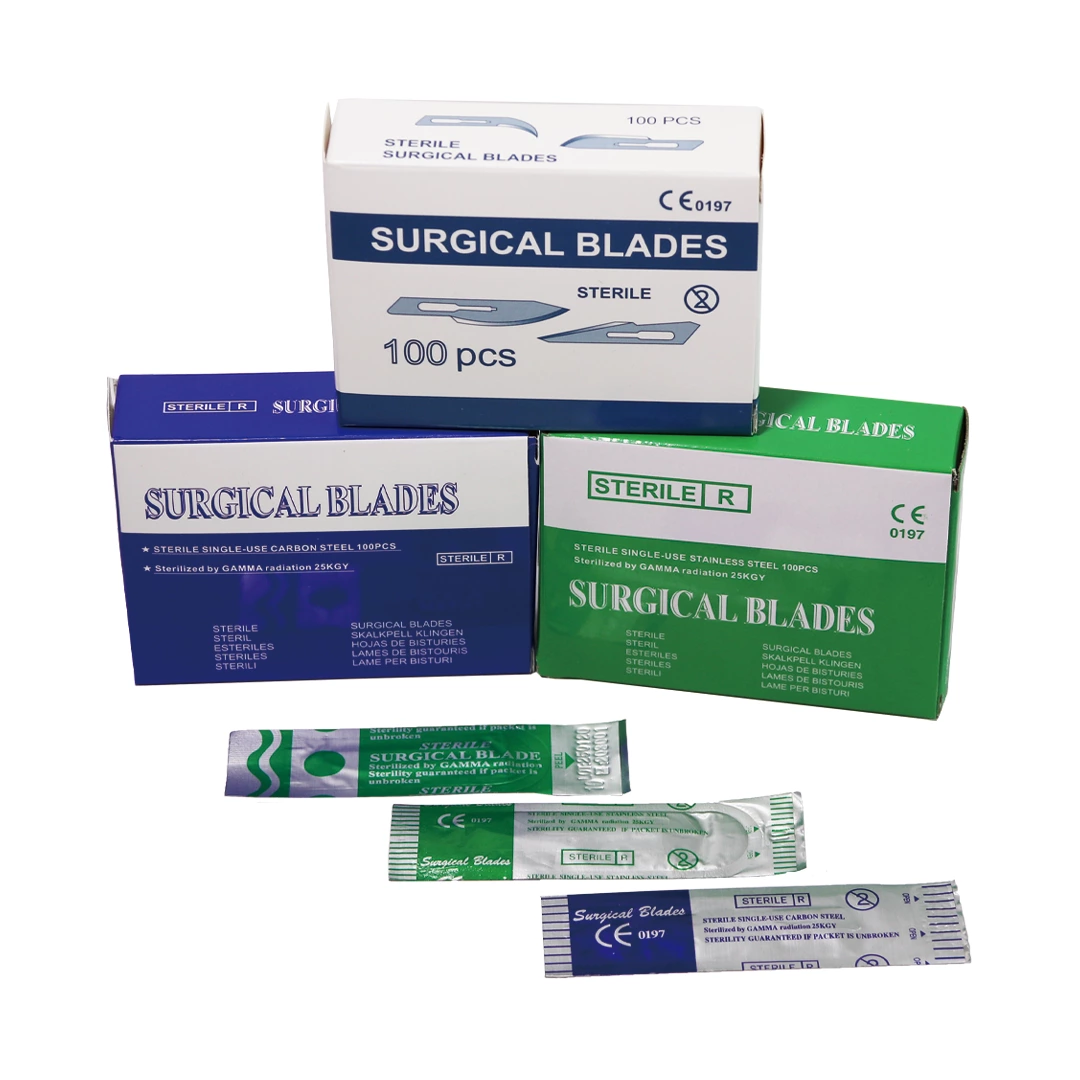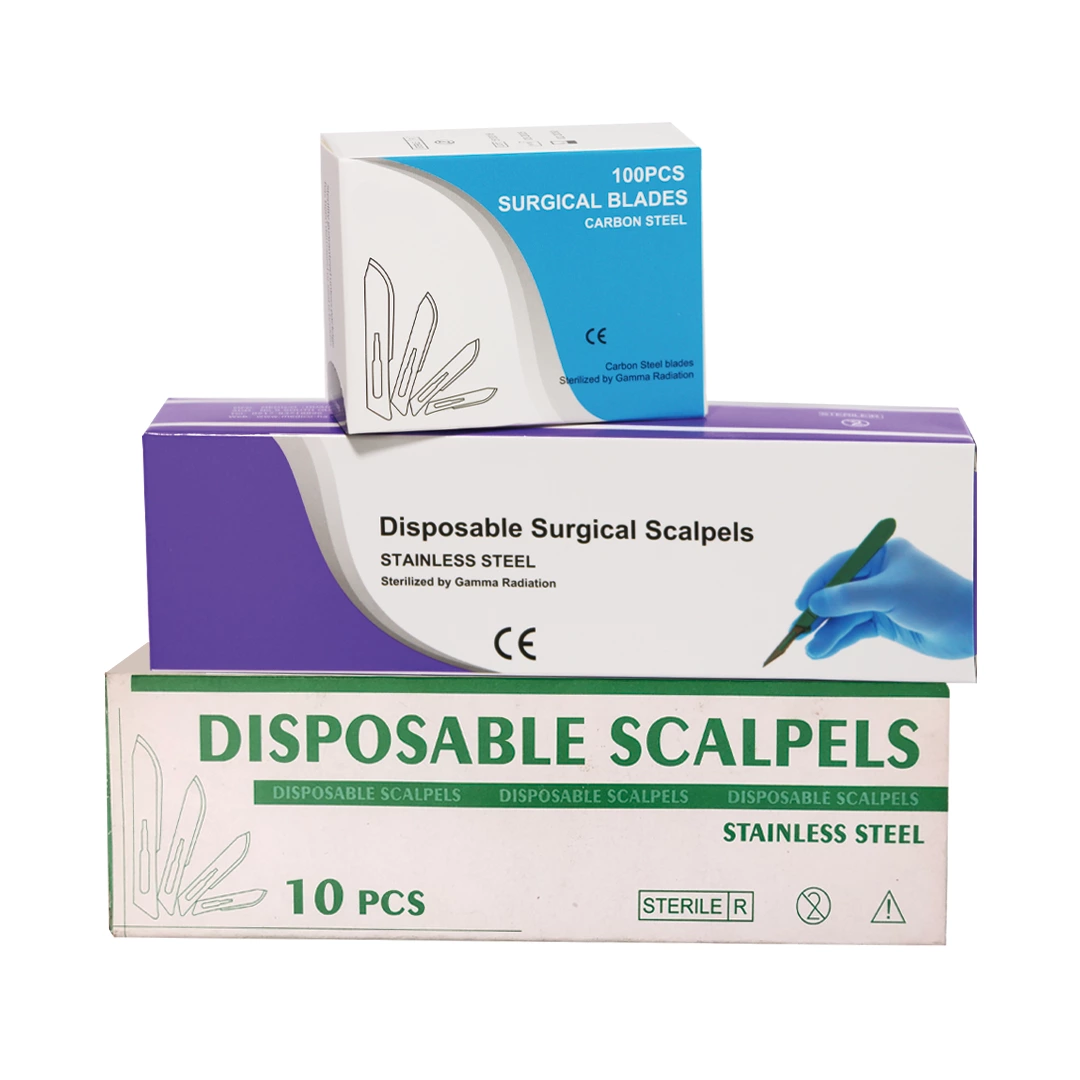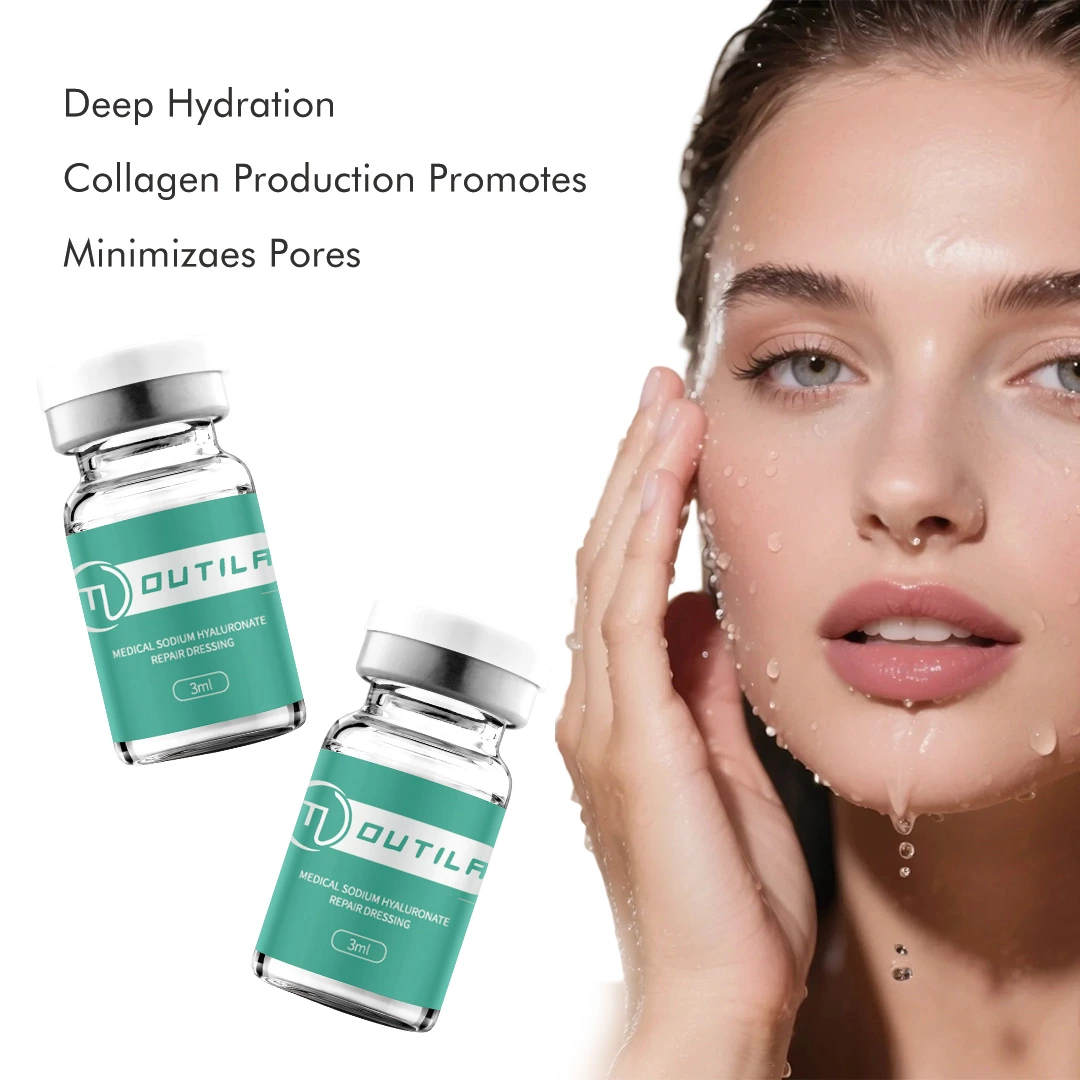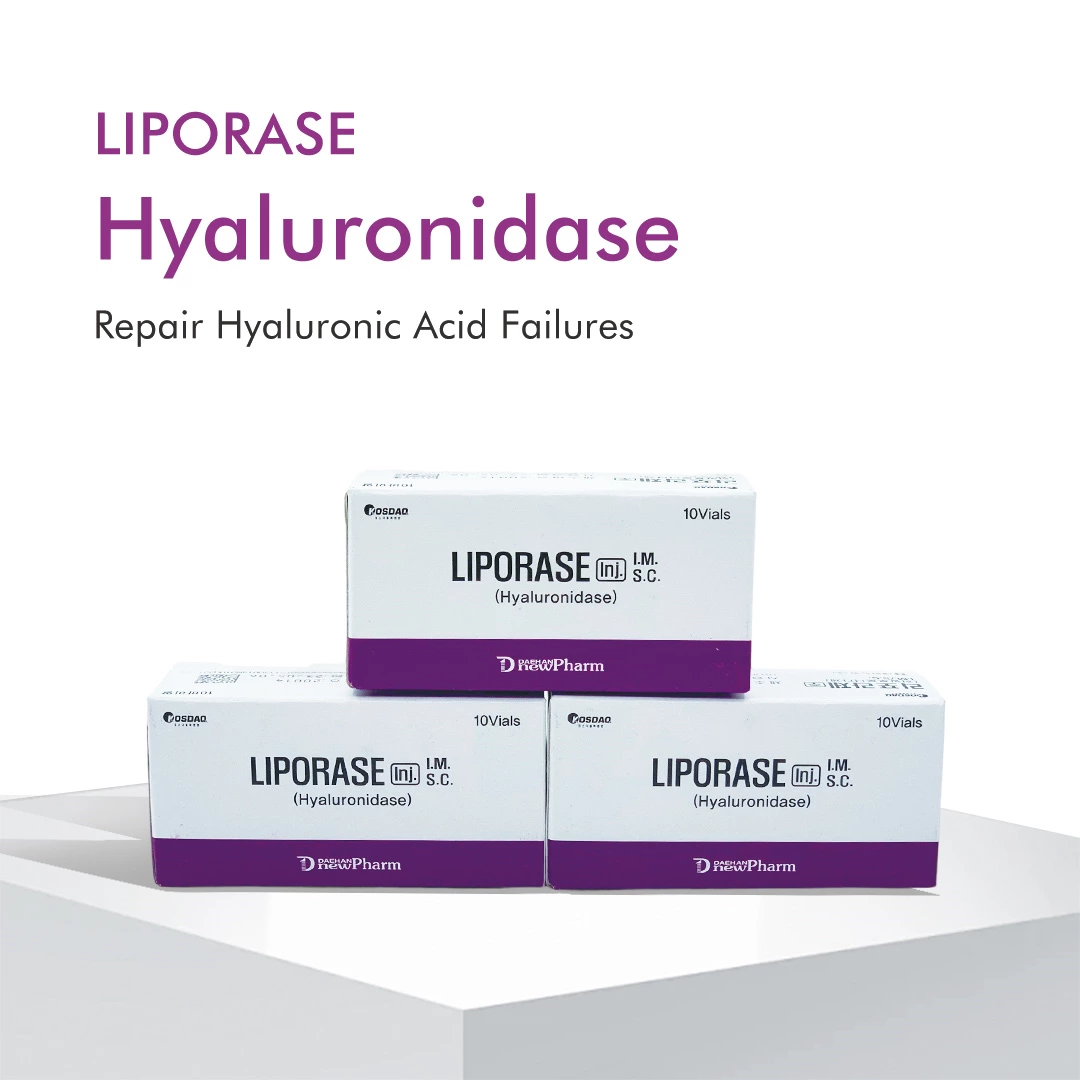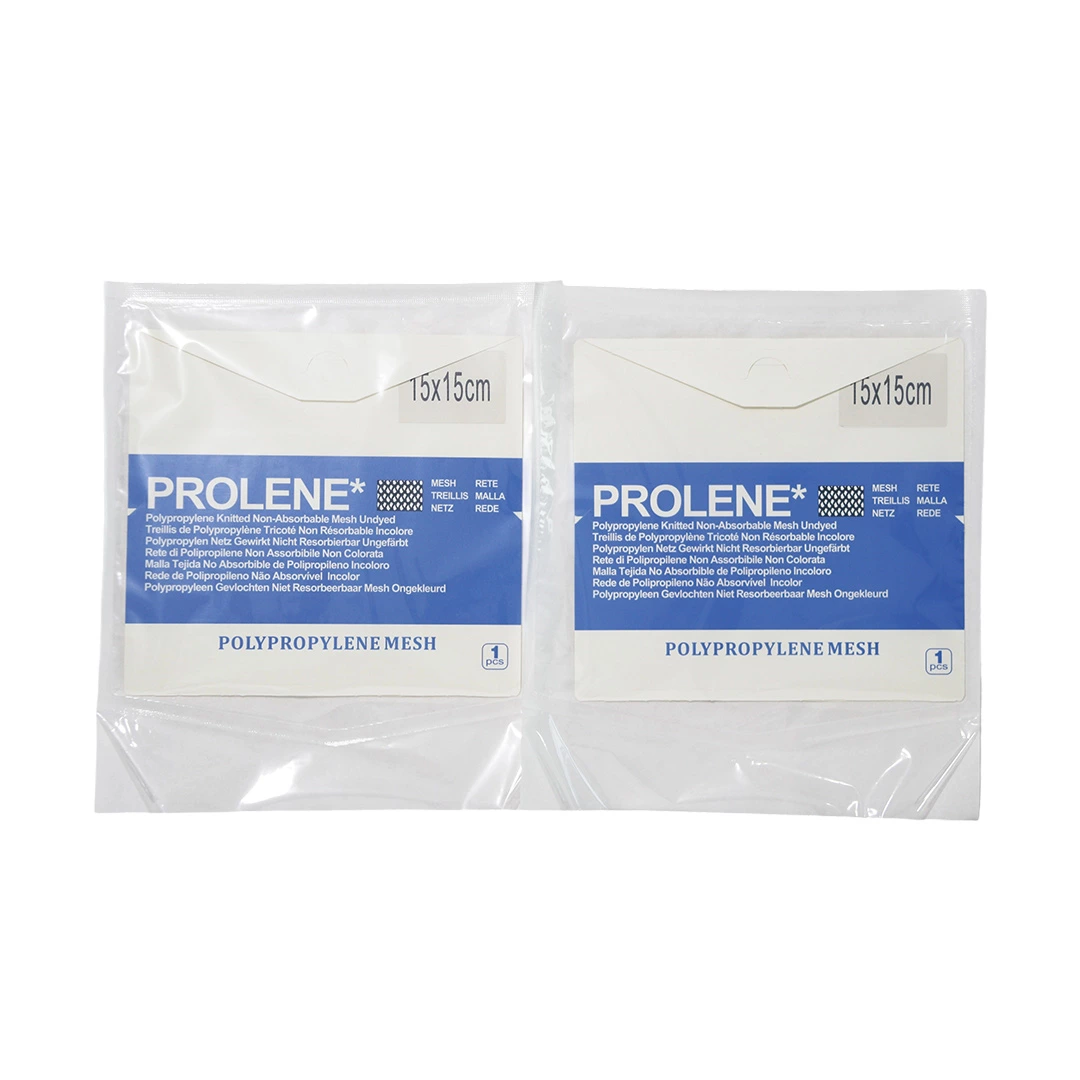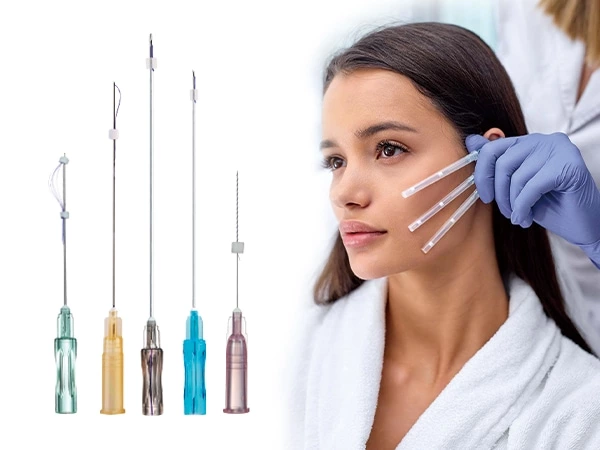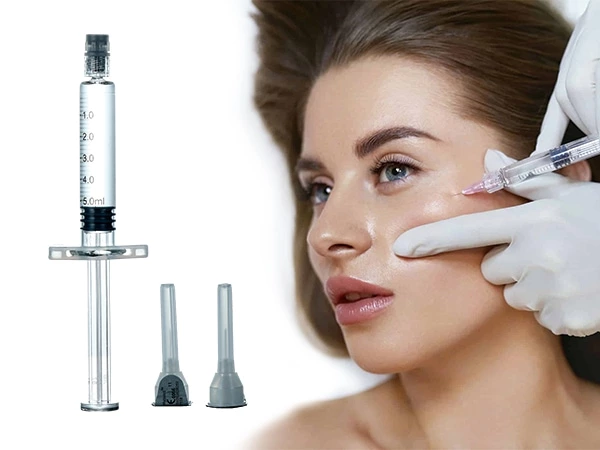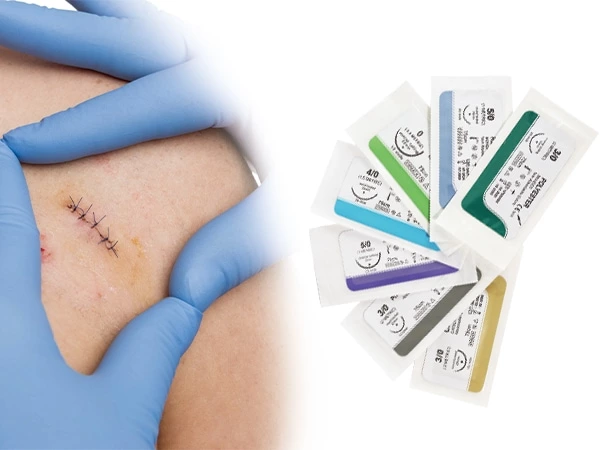Blunt Needles - Advantages & Clinical Uses
What Are Blunt Needles?
A blunt needle (also called cannula needle or atraumatic needle) is a medical device with a rounded, non-sharp tip designed for minimally invasive procedures. Unlike traditional sharp needles, its flexible cannula reduces accidental tissue penetration, making it essential in cosmetic injectables and vaccine administration.
How Do Blunt Needles Work?

Blunt needles are less likely to cause puncture or cutting injuries to surrounding tissues due to their rounded, non-sharp tips. When used for injections, blunt needles are effective at passing through the skin with minimal discomfort, reducing the risk of bruising or bleeding. This is especially important when injecting delicate areas or substances like dermal fillers, where precision is essential.
Blunt needles can also be used for aspiration procedures, where they are employed to withdraw fluids from the body without damaging surrounding tissues. Their smooth, controlled movement makes them ideal for medical professionals who require precision in their work.
Applications of Blunt Needles
Blunt needles are commonly used in the following medical procedures:
- Injecting fillers: Blunt needles are perfect for injecting hyaluronic acid and other dermal fillers as they provide precise control, preventing the needle from puncturing blood vessels or tissues.
- Local anesthesia: In procedures requiring local anesthesia, blunt needles offer a safer alternative to sharp needles, reducing pain and the risk of nerve injury.
Why Choose Blunt Needles?
Reduced Tissue Trauma
The rounded tip design glides through tissue planes instead of cutting, preventing vessel/nerve damage during dermal filler injections.
Lower Infection Risk
Decreased micro-tears in skin barriers inhibit bacterial migration (Journal of Aesthetic Nursing, 2022).
Minimized Needlestick Injuries
OSHA data shows that blunt needles reduce the risk of accidental punctures for health care workers by 72%.
